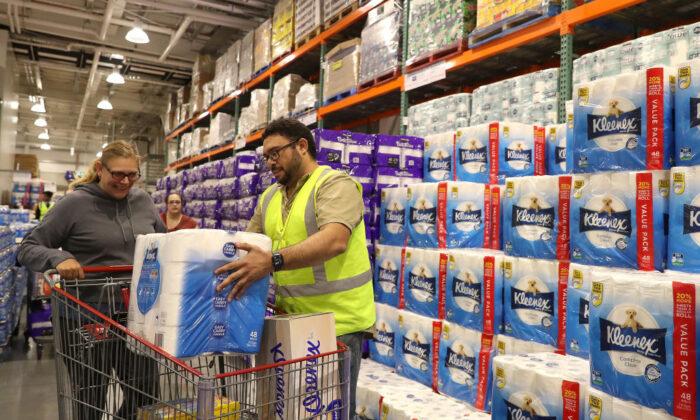Middle-aged Australians have been the most likely to give help during the COVID-19 pandemic, and the least likely to receive it.
That’s just one snapshot from a survey looking at life during the deadly virus, which also highlighted the value of relatives during lockdown.
More than 7300 people took part in the questionnaire commissioned by the Australian Institute of Family Studies between May 1 and June 9.
Eighty percent of respondents aged 50 to 69 reported providing physical, emotional or financial support to someone outside their household. Most of that help went to relatives living at a different property.
In the same age bracket, 62 percent of people reported receiving no help themselves.
A 61-year-old woman spent more time caring for her elderly parents, “doing their shopping, getting their medication supplies, advocating during tele-health calls, house cleaning and general care.”
“Relatives were the most common source of help, with more than one in four people saying their household got help from a relative living elsewhere,” lead investigator Kelly Hand said.
“There was also a large number of people—around six in 10—who said they had given some type of physical help to someone outside their household, things like shopping, dropping off food, domestic work or help with transport or personal care.”
Top-Five Forms of Out-Of-Home Help During COVID-19:
1) Emotional support 2) Food shopping and delivery 3) Transport and errands 4) Financial support 5) Domestic work, household maintenance, gardeningSource: Families in Australia Survey—Life During COVID-19





